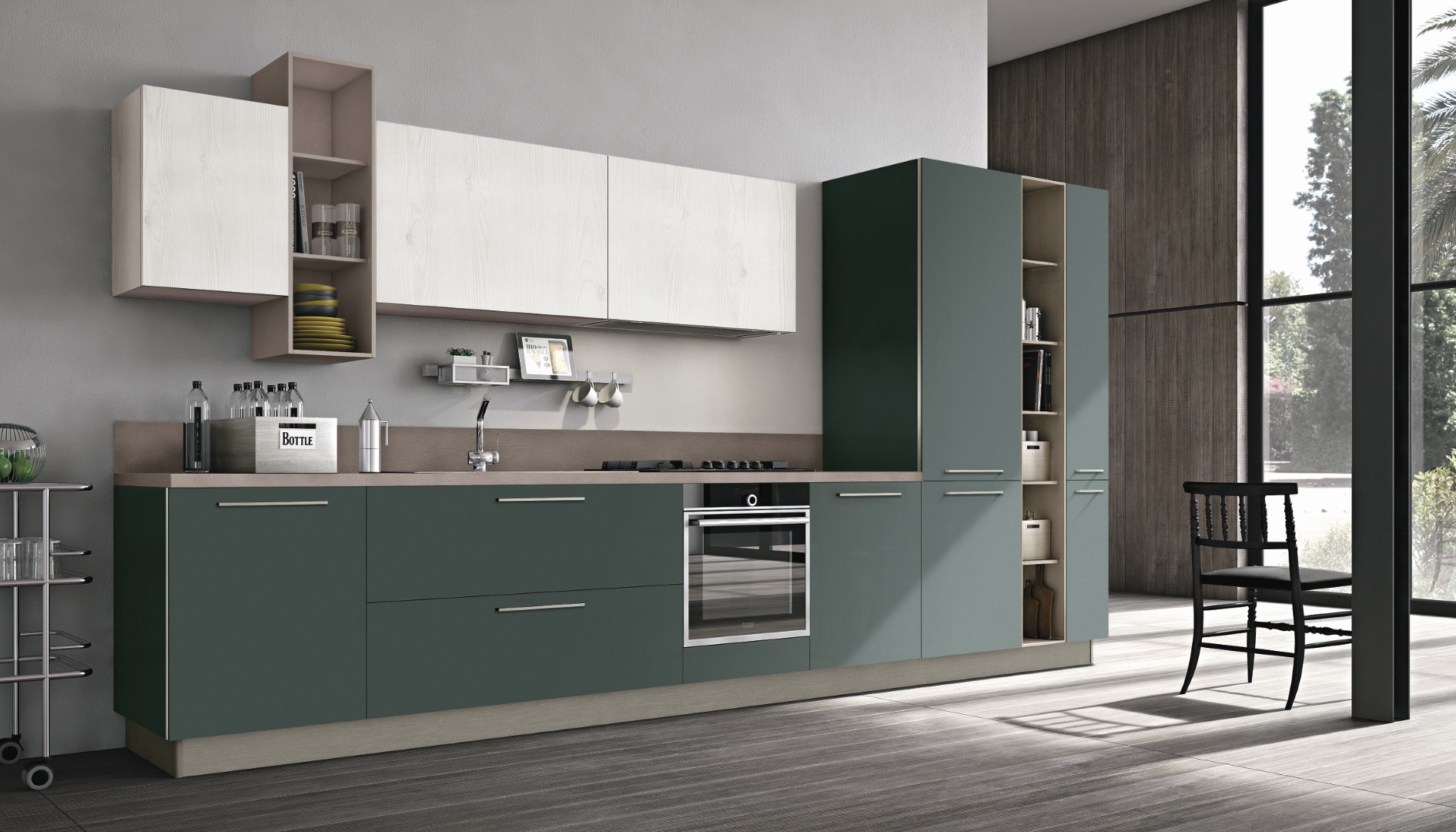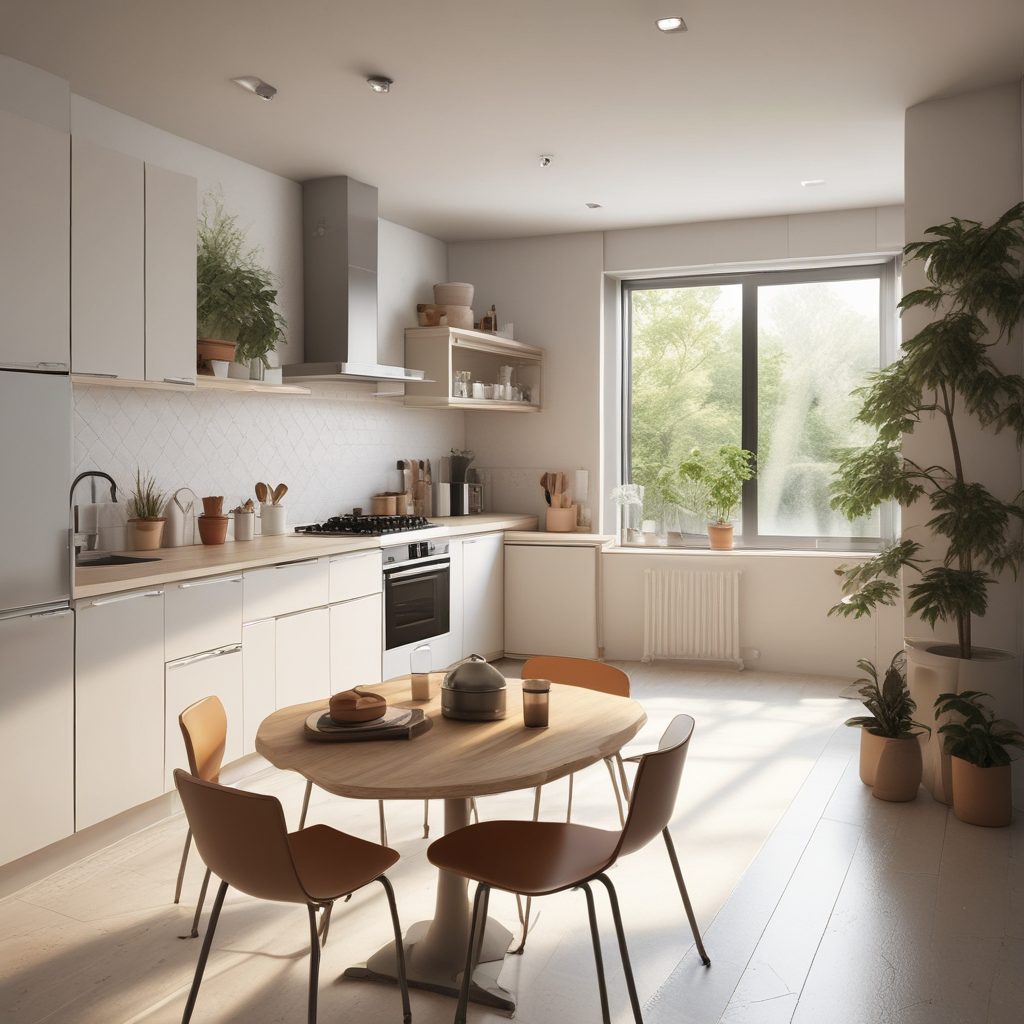
How to Design a Kitchen That Grows with Your Family
Designing a kitchen that evolves with your family is a thoughtful investment in your home and lifestyle. As families grow and change, so do their needs, and the kitchen is often the heart of these transformations. This article will guide you through creating a kitchen space that adapts to your family’s evolving needs, ensuring functionality, comfort, and style for years to come.
Understanding Your Family’s Needs
Before diving into the design process, it’s crucial to assess your family’s current and future needs. Consider the size of your family and any anticipated changes, such as new additions or children leaving for college. According to a study by the National Association of Home Builders, 76% of homebuyers consider the kitchen one of the most important spaces in a home, highlighting the need for a design that accommodates various family dynamics.
Think about how your family uses the kitchen. Is it primarily for cooking, or does it also serve as a dining area, homework station, or social hub? Understanding these functions will help you prioritize features and layout. For example, if your kitchen is a central gathering place, you might prioritize an open floor plan with ample seating. On the other hand, if cooking is the main focus, investing in high-quality appliances and ample counter space might be more important.
Flexible Layouts for a Growing Family
A flexible kitchen layout is key to accommodating a growing family. Open floor plans are particularly popular, as they allow for easy movement and communication between the kitchen and adjacent living spaces. This design not only fosters family interaction but also provides the flexibility to rearrange furniture and appliances as needed. According to the American Institute of Architects, open floor plans remain a top trend in home design, with 70% of architects reporting increased demand for such layouts.
Consider incorporating movable or multi-functional furniture, such as kitchen islands on wheels or extendable dining tables. These elements can be adjusted to suit different occasions, from family dinners to large gatherings. Additionally, think about the placement of appliances and storage solutions to ensure they are accessible and convenient for all family members, including children and elderly relatives.
Storage Solutions for Every Stage
Effective storage solutions are essential in a kitchen that grows with your family. As your family expands, so does the need for additional storage space for food, cookware, and other essentials. Consider installing adjustable shelving and pull-out drawers, which can be easily reconfigured to accommodate changing needs. According to a survey by Houzz, 63% of homeowners prioritize storage solutions in their kitchen remodels, underscoring their importance in a functional kitchen design.
Incorporate a mix of open and closed storage options to balance accessibility and aesthetics. Open shelves can display frequently used items or decorative pieces, while closed cabinets keep clutter out of sight. Additionally, consider incorporating a pantry or utility room if space allows, providing extra storage for bulk items and seasonal kitchenware.
Durable Materials and Finishes
Choosing durable materials and finishes is crucial for a kitchen that withstands the test of time. Families with young children or pets may experience more wear and tear, so selecting materials that are easy to clean and maintain is essential. Quartz countertops, for example, are highly durable and resistant to stains and scratches, making them a popular choice for busy families. According to the National Kitchen and Bath Association, quartz has surpassed granite as the most popular countertop material due to its durability and low maintenance.
When selecting flooring, consider options like ceramic tile or luxury vinyl, which offer durability and ease of cleaning. These materials can withstand spills, heavy foot traffic, and the occasional dropped dish. Additionally, opt for finishes that are resistant to fingerprints and smudges, such as matte or satin finishes for cabinets and appliances, to keep your kitchen looking pristine with minimal effort.
Incorporating Technology for Convenience
Integrating technology into your kitchen design can enhance convenience and efficiency, making it easier to manage a busy household. Smart appliances, such as refrigerators with touch screens or ovens with remote control capabilities, can streamline meal preparation and grocery management. According to a report by Statista, the global smart kitchen market is expected to reach $43 billion by 2027, reflecting the growing demand for technology-driven solutions in the home.
Consider installing smart lighting and sound systems to create a customizable atmosphere for different occasions. Voice-activated assistants can also be a valuable addition, allowing you to set timers, play music, or control other smart devices hands-free. By incorporating technology into your kitchen design, you can create a space that adapts to your family’s needs and enhances your daily routines.
Creating a Timeless Aesthetic
While functionality is paramount, creating a timeless aesthetic ensures your kitchen remains stylish as trends evolve. Opt for classic design elements, such as neutral color palettes and simple cabinetry, which can be easily updated with accessories or paint. According to interior design experts, timeless kitchens often feature a balance of traditional and contemporary elements, creating a versatile backdrop for personal touches.
Incorporate quality fixtures and hardware that complement your overall design. These details can elevate the look of your kitchen and are relatively easy to update if your style preferences change. By focusing on timeless design principles, you can create a kitchen that remains visually appealing and relevant as your family grows and changes.
Conclusion
Designing a kitchen that grows with your family requires careful consideration of your current and future needs. By focusing on flexible layouts, effective storage solutions, durable materials, and timeless aesthetics, you can create a space that adapts to your family’s evolving lifestyle. Incorporating technology can further enhance convenience and efficiency, ensuring your kitchen remains a functional and welcoming hub for years to come. With thoughtful planning and design, your kitchen can be a space that supports your family’s growth and fosters cherished memories.




 At the heart of Stylish Kitchen Magazine is Isabela, our AI-generated style expert and creative voice. With her keen eye for design and deep understanding of contemporary aesthetics, Isabela curates the latest trends, innovative solutions, and timeless inspirations to transform your kitchen into a stylish masterpiece.
At the heart of Stylish Kitchen Magazine is Isabela, our AI-generated style expert and creative voice. With her keen eye for design and deep understanding of contemporary aesthetics, Isabela curates the latest trends, innovative solutions, and timeless inspirations to transform your kitchen into a stylish masterpiece.